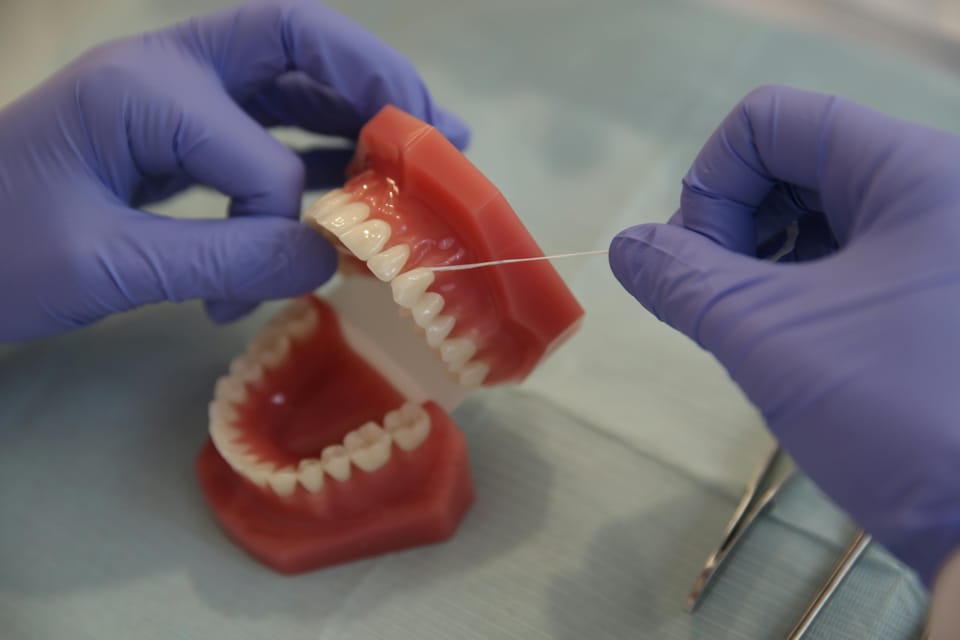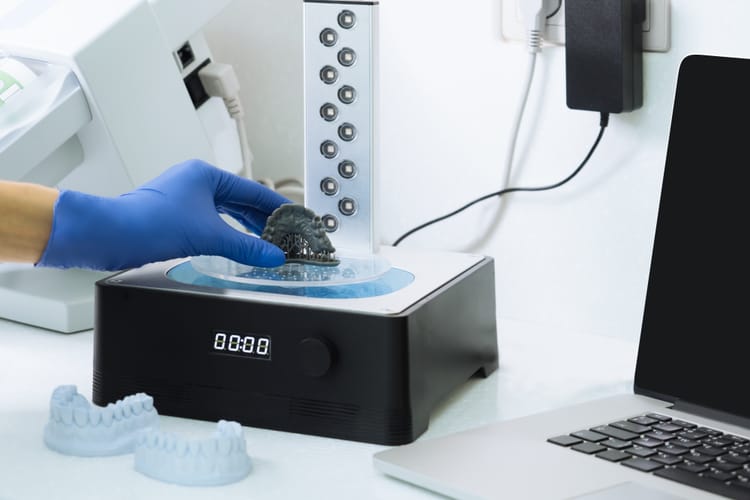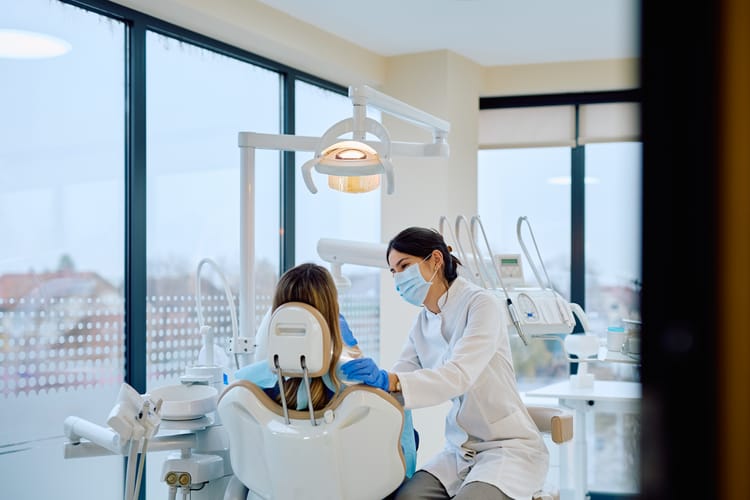Profit over patients

Private equity in dentistry goes under the microscope in a new report. We also take a look at new research in the dental space: vaccines via floss, the biological makeup of teeth and a tick-borne disease with links to dental product allergies. Plus, Joe Lynch with digital dental lab Dandy talks about how dental practices and their labs can build stronger relationships.
Enjoy college football? CU's Coach Prime lost his running back Charlie Offerdahl. He's leaving the sport to pursue a career in dentistry, citing too many concussion injuries.

Goodbye needles, hello floss. Researchers have developed a potential new way to deliver vaccines: via floss.
Botox for bruxism? Dentists commonly treat patients with bruxism. Botox is another treatment option for people who grind their teeth.
The FDA is coming for fluoride supplements. As some cities and states contemplate removing fluoride from drinking water, the FDA is mulling over a fluoride supplement ban.
Brushing up on patient communication. Thomas Giacobbi, DDS, shares quick pointers on how to improve communicating clinical information to patients on "Just a Minute, Doc."
Learning more about the biological makeup of teeth. Clinicians and engineers collaborated on research that digs into how teeth mineralize.

‘Mutual communication happens between the dentist, the patient and the lab’
Not every member of a dental practice’s team is in-house. Many practices work closely with third-party dental labs to complete their cases. That relationship is vital, but it can be tricky.
Joe Lynch, head of customer success at digital dental lab Dandy, talked to Dental Bite about the importance of the practice-lab working relationship and how communication can strengthen that bond. —Carrie Pallardy
Why is it important for a dental practice to have a close working relationship with its dental lab?
It's a fundamental relationship. There is a mutual communication that happens between the dentist, the patient and the lab technician that actually allows the dentist to place the highest quality prosthetic inside of a patient's mouth.
What are some common issues and challenges that can complicate a practice-lab relationship?
One of the interesting things about dentistry, and prosthetics in particular, is that there's really an infinite number of combinations. Everything from the way the impression is taken to the outcome that the patient is looking for, and that the dentist is looking for, whether it's a restorative case or an aesthetic preference case—all of those are variables that impact how we design and manufacture a case.
What are things that can go wrong? The quality of the impression may not be perfect. On the design and the manufacturing side, we're making judgments to best deliver a clinical outcome. When we have questions, we want to reach out and talk to the doctor. “This is what we're seeing. Does that match what you understood as well?” Things like interproximal contacts, the patient preference for shade, the material selection—all of these are different variables involved in the design and manufacture of prosthetics.
What advice do you have for dentists seeking to improve their working relationship with a dental lab?
It's a two-way street. It starts with taking great impressions. If there are things that are anomalous about the patient or around the outcome that you're trying to deliver, let your lab technician know so that we can fabricate to the standard that you're trying to deliver to your patient.
On the lab side, if the impressions are coming back and we're missing information, we have to let doctors know that and say, “Hey, this is a gap, or these are things that we're seeing.” It's really about reinforcing those communication loops throughout the process and throughout the relationship.
Responses have been edited for brevity and clarity.

Investigating private equity in dentistry
Consolidation has been an ongoing trend in dentistry, which still has many small, independent practices. Last year, private equity executed 161 deals in the dental industry, according to a new report from Truthout. The report digs into research on the adverse outcomes that occur when private equity firms prioritize profit over patients.
Why it matters: As private equity activity continues in the industry, dentists should consider how these transactions could impact clinical autonomy and patient care. (Truthout)
How does your practice manage HIPAA compliance?
Dental practices are obligated to protect patient data, but cyber threats and breaches are an ever-growing threat. In an article for Dental Economics, Lorne Lavine, DMD, founder and president of The Digital Dentist, urges practices to adopt a yearly HIPAA and risk-management assessment. That annual commitment can help practices maintain compliance and safeguard patients' information.
Why it matters: Regulatory compliance is an important aspect of running a dental practice. Implementing regular risk assessments can minimize vulnerabilities and the risk of regulatory action. (Dental Economics)
A curious link between tick bites and dental products allergy
Tick bites probably aren't top-of-mind for most dentists, but new research indicates they are worth thinking about. Alpha-gal syndrome (AGS), an allergy to red meat that can be caused by a tick bite, has become more common. Recently published research found that some ingredients in common dental products can lead to an allergic reaction in patients with AGS.
Why it matters: Gaining insight into patients' allergy histories can enable dentists to provide recommendations for safe dental products. (Dentistry IQ)

- Exploring Mexico's 'Molar City'
- New dental clinic focused on comprehensive care launches in Wyoming
- Aspen Dental, VFW partner to provide care for veterans
- Tooth nerves do more than you think
Thanks for reading today's edition! You can reach the newsletter team at newsletter@dentalbite.co. We enjoy hearing from you.
Interested in advertising? Email us at newslettersales@mvfglobal.com
Dental Bite is curated and written by Carrie Pallardy and edited by Lesley McKenzie.



